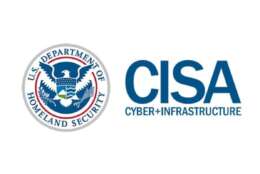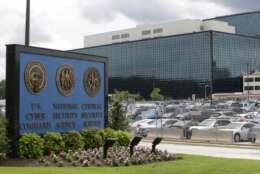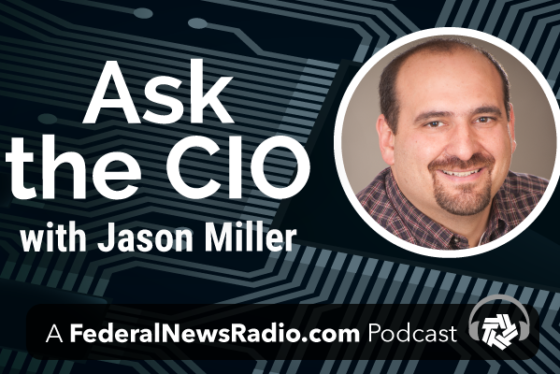Cybersecurity
-
Building trust is essential for businesses working with the federal government. The key is to start by making the effort and investments necessary to secure your cyber supply chain. Acting in good faith and providing transparency will demonstrate trustworthiness and create more business opportunities.
October 13, 2023 -
In the realm of federal cybersecurity, change is both inevitable and necessary. The urgency of President Biden's 2021 Executive Order to implement a zero trust architecture by September 2024 has set the stage for a pivotal transformation. Yet, as the deadline draws near, it's apparent that while the directive's intent is clear, the path to its realization is fraught with complexity and challenges.
October 12, 2023 -
Carol Woody, principal researcher for the Software Engineering Institute at Carnegie Mellon University, said focusing exclusively on SBOMs can run the risk of missing the other half of the problem: How is the software purchaser going to use it, and what risks are inherent in that use?
October 12, 2023 -
This new rule gives the Federal Acquisition Security Council the ability to tell contractors when to exclude or remove a product deemed risky.
October 11, 2023 -
In the months following the arrest of Airman 1st Class Jack Teixeira, a member of the Massachusetts Air National Guard, for leaking national security secrets to his friends on Discord, the Defense Department has released new policies and procedures for how it handles classified information.
October 11, 2023 -
You can't manage what you can't measure. That's the idea behind a professional association known as the Factor Analysis of Information Risk (FAIR) Institute. The group seeks to advance quantitative measurement and management of risk to information, including in federal organizations.
October 11, 2023 -
Almost everything the government buys in the future could look like cybersecurity with some other product attached, if new proposed rules from the Federal Acquisition Regulation council take effect early next year. That's more a matter of when than if. Attorney Townsend Bourne, a partner at Sheppard Mullin, has read the proposed rules and joins Federal Drive host Tom Temin for this discussion.
October 10, 2023 -
The acquisition rules stem from recent cyber incidents like the SolarWinds breach.
October 04, 2023 -
Cyber threats continue to evolve challenging agencies with efforts not only to keep up with the technology, but to find and keep the right people who can stay one step ahead.
October 04, 2023 -
Cyber companies were left holding the bag of bid and proposals costs to the tune of hundreds of thousands of dollars when the Air Force abruptly cancelled a huge multiple award contract.
October 03, 2023 -
Andre Mendes, the chief information officer at the Department of Commerce, was one of several agency technology executives pushing for more consistency around cyber metrics under the FITARA scorecard.
October 02, 2023 -
The size and far-flung nature of the tax agency means that it has begun numerous cyber projects that can help it meet the administration’s zero trust demands. But Treasury IG team’s four recommendations aim to help IRS harmonize its efforts.
October 02, 2023 -
Recently, MITRE and the Cybersecurity and Infrastructure Security Agency (CISA) released the Open-Sourced Extension of MITRE's Caldera platform, specifically for operational technology. This is meant to be utilized by security teams to run automated adversary emulation exercises that are specifically focused on threats to operational technology.
September 29, 2023 -
The new center will focus on both setting security standards and ensuring U.S. advances in AI aren't stolen by foreign adversaries.
September 28, 2023 -
A shutdown would potentially leave CISA with a skeleton crew to respond to cyber attacks on the networks of federal agencies and critical infrastructure.
September 26, 2023














